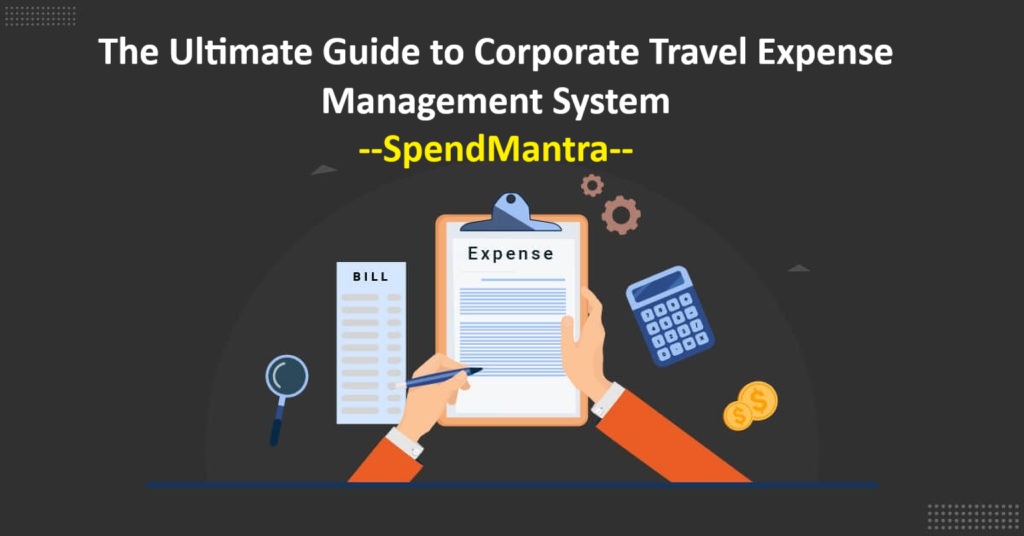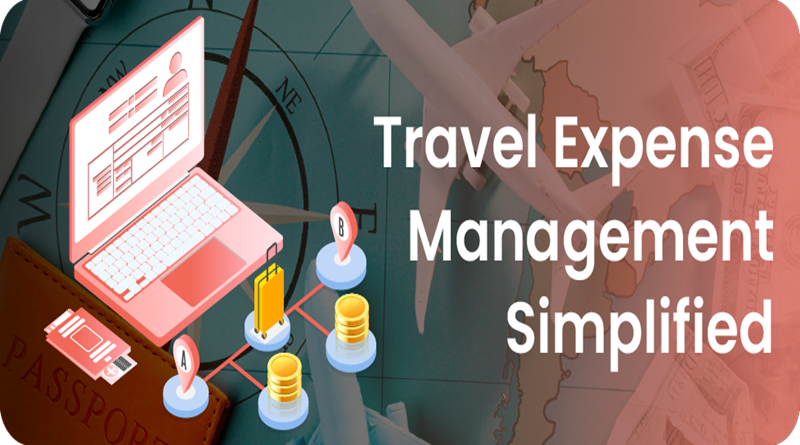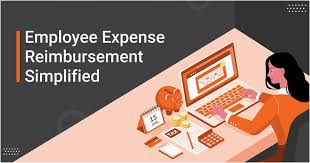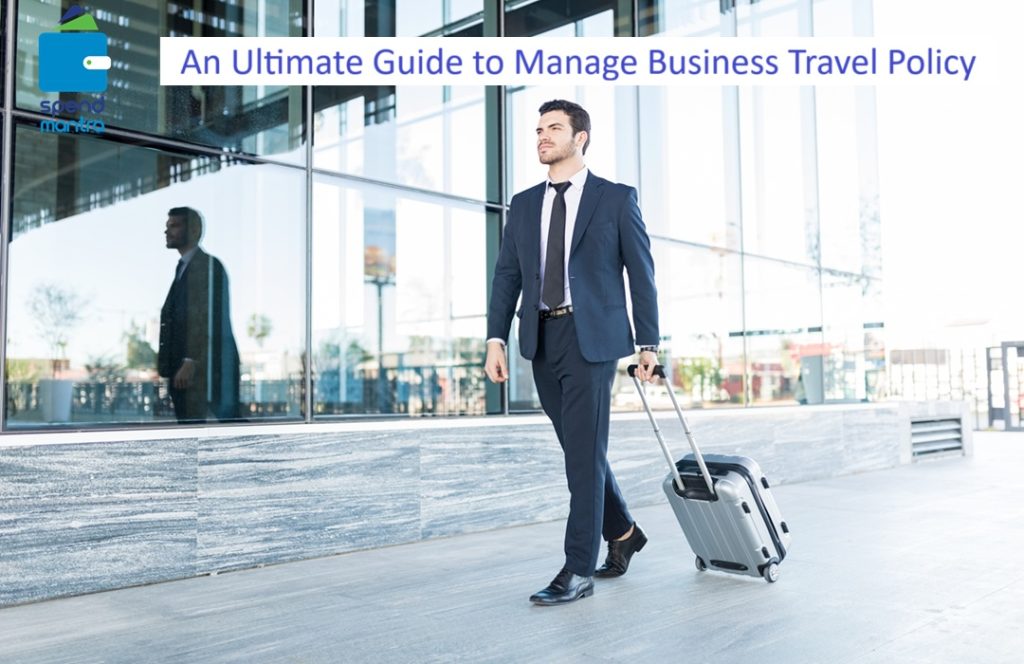
Travel and Expense (T&E) represents the second-largest controllable cost for most organizations, yet many companies struggle to transform this spending category from a financial drain into a strategic advantage. With global business travel spending projected to hit $1.48 trillion in 2024 and exceed $2 trillion by 2028, the imperative for effective management has never been greater 10. The convergence of technological innovation, behavioral economics, and data analytics now enables organizations to achieve unprecedented savings while enhancing employee experience and maintaining operational flexibility.
Table of Contents
I. Foundational Elements for T&E Savings
1. Strategic Policy Design & Implementation
An optimized travel policy serves as the cornerstone of effective expense management. Leading organizations are shifting from restrictive, compliance-focused documents to dynamic frameworks that balance savings with practicality. According to Mastercard’s research, 47% of corporate travel decision-makers recently simplified policies to enhance employee compliance and control costs.
Effective policies include:
- Destination-specific budgets grounded in historical data
- Preferred vendor programs with negotiated corporate rates
- Clear advance-booking requirements (28+ days for domestic, 60+ for international)
- Bleisure travel provisions that extend business trips for leisure, increasing flexibility while reducing total travel costs.
Table: Impact of Policy Components on Savings
| Policy Element | Savings Potential | Implementation Rate |
|---|---|---|
| Advanced Booking (28+ days) | 24% on domestic flights | 61% of large companies |
| Corporate Hotel Rates | 3-15% discount | 78% of enterprises |
| Virtual Payment Mandates | 10% compliance boost | 42% of mid-sized firms |
| Bleisure Provisions | 12% trip consolidation | 33% of all business trips |
2. Cultivating Cost-Conscious Culture
Policy alone cannot drive savings without employee engagement. Leading organizations deploy behavioral nudges and incentive structures that reward fiscally responsible choices. Navan’s research demonstrates that companies implementing reward programs for cost-effective bookings achieve 98% policy compliance, significantly higher than industry averages.
Effective approaches include:
- Savings-sharing programs that return a portion of cost reductions to employees
- Gamified booking interfaces highlighting eco-friendly and budget options
- Transparent benchmarking showing travelers how their choices compare to peers
- Bleisure extensions that acknowledge work-life balance needs while optimizing travel timing.
II. Technology-Enabled Optimization Strategies
1. Integrated Travel Management Platforms
Modern T&E solutions consolidate fragmented processes into unified ecosystems that automate compliance and capture savings opportunities in real time. These platforms deliver value through:
- Automated policy enforcement: Flagging out-of-policy bookings before confirmation
- Virtual payment solutions: Generating single-use card numbers with customized spending parameters
- Cross-vendor rate comparison: Scanning airlines, hotels, and ground transport simultaneously
- Intelligent rebooking: Using AI to cancel and rebook when prices drop (saving $150/ticket on average)
Companies like Seismic reduced reimbursement processing from 30 days to 24 hours while cutting manual finance workload by 80% through platform adoption.
2. Advanced Booking Optimization
The timing of travel arrangements significantly impacts costs, with data showing 24% savings on domestic flights booked 28+ days ahead and 10% savings on international routes booked approximately 60 days pre-trip 10. Innovative approaches move beyond static rules:
- Machine Learning Algorithms: Modified regression decision trees analyze historical booking patterns to establish company-specific advance booking thresholds that balance cost savings with operational flexibility
- Price Tracking Tools: AI-powered solutions automatically cancel and rebook when prices drop, saving $100+ per hotel stay
- Trip Batching: Scheduling multiple regional meetings consecutively reduces per-trip costs by 15-30% while decreasing carbon footprint
III. Data-Driven Cost Management
1. Spend Analytics & Forecasting
Sophisticated analytics transform raw expense data into actionable intelligence. By examining historical patterns, organizations identify leakage points and predict future needs:
- Departmental spend analysis reveals disproportionate spending by team
- Vendor performance tracking highlights underperforming contracts
- Seasonal demand forecasting informs budget allocation
- Compliance gap identification pinpoints policy weaknesses
Organizations leveraging these insights reduce T&E costs by 12-18% annually through targeted renegotiations and policy adjustments.
2. Strategic Vendor Management
Consolidating travel suppliers creates negotiating leverage that drives significant savings:
- Corporate rate negotiations: Hotels offer 3-15% discounts when companies guarantee room volume
- Airline partnership programs: Dedicated account managers provide access to unpublished fares
- Ground transport bundling: Designating preferred providers like Uber for Business reduces costs by 10%+ through centralized billing and policy enforcement
Regular contract reviews identify opportunities to improve terms, expand inclusions, and eliminate underutilized agreements.
IV. Emerging Innovations & Future Trends
1. Adaptive Policy Engines
Traditional static policies are giving way to dynamic frameworks that automatically adjust parameters based on real-time market conditions. Machine learning algorithms now enable:
- Company-specific booking rules that reflect actual travel patterns rather than industry standards
- Continuous policy optimization through reinforcement learning
- Risk-based approval thresholds that tighten controls for expensive routes while streamlining low-risk bookings
Research confirms that optimal advance booking policies vary significantly between organizations – consulting firms require different parameters than manufacturing companies, invalidating the traditional “15-day domestic, 21-day international” industry standard.
2. Unified Payment Ecosystems
Next-generation payment solutions are eliminating reimbursement bottlenecks through:
- Virtual card programs with built-in policy controls
- Integrated expense capture that automatically matches transactions to trips
- Blockchain-enabled reconciliation reducing processing costs by 40%+
- Real-time spend visibility across all travel categories
Platforms like ITILITE demonstrate that unifying bookings with payments can reduce administrative costs by 30% while enhancing compliance through automated policy enforcement.
3. Sustainable Travel Integration
Environmental considerations now deliver financial returns:
- Rail-over-air policies reduce costs 25-60% on regional routes
- Rideshare splitting cuts ground transport expenses 15-30%
- Virtual meeting substitution avoids $1,200+ per avoided trip
- Carbon budget tracking aligns financial and sustainability goals.
Table: Quantified Savings from T&E Optimization Tactics
| Strategy | Immediate Savings | Long-Term Value | Implementation Timeline |
|---|---|---|---|
| Automated Expense Reporting | 18-25% processing cost reduction | Improved data accuracy | 2-4 months |
| Corporate Card Programs | 3-5% rebates on spend | Enhanced compliance & visibility | 1-3 months |
| Advanced Booking Culture | 20-30% airfare savings | Predictable budgeting | 6-12 months |
| Vendor Consolidation | 10-15% negotiated discounts | Strategic partnerships | 3-6 months |
| Virtual Meeting Adoption | $1,200+ per avoided trip | Reduced traveler fatigue | Immediate |
V. Implementation Roadmap for Maximum Savings
1. Assessment & Benchmarking (Weeks 1-4)
Conduct a comprehensive spend analysis comparing your program against industry peers. Identify top cost drivers, compliance gaps, and policy misalignments. Mastercard’s research shows companies that benchmark achieve 27% faster savings realization.
2. Technology Integration (Months 2-4)
Select platforms that offer:
- Native policy enforcement capabilities
- Mobile-first expense reporting
- Real-time analytics dashboards
- Integration with financial systems
3. Policy Modernization (Months 3-6)
Redesign travel guidelines around:
- Employee experience balanced with controls
- Dynamic advance booking rules
- Sustainable travel options
- Bleisure travel provisions
4. Continuous Optimization (Ongoing)
Establish quarterly reviews to:
- Analyze emerging spending patterns
- Refresh vendor agreements
- Update savings targets
- Incorporate employee feedback
Strategic Imperatives for the Future
The most successful T&E programs transcend cost control to become strategic enablers that support talent retention, sustainability goals, and operational resilience. Companies that leverage machine learning for dynamic policy setting, embrace unified payment platforms, and foster cost-conscious cultures are achieving 20-30% reductions in travel spend while enhancing traveler satisfaction scores by 40%+.
The convergence of predictive analytics and personalized travel experiences represents the next frontier. As algorithms become increasingly sophisticated at balancing savings opportunities against operational requirements, the most forward-thinking organizations are already shifting from reactive cost containment to proactive value optimization – transforming T&E from a necessary expense into a competitive advantage.
Are you looking for Travel and expense management software for an organization? Try SpendMantra, India’s top travel and expense management software.








